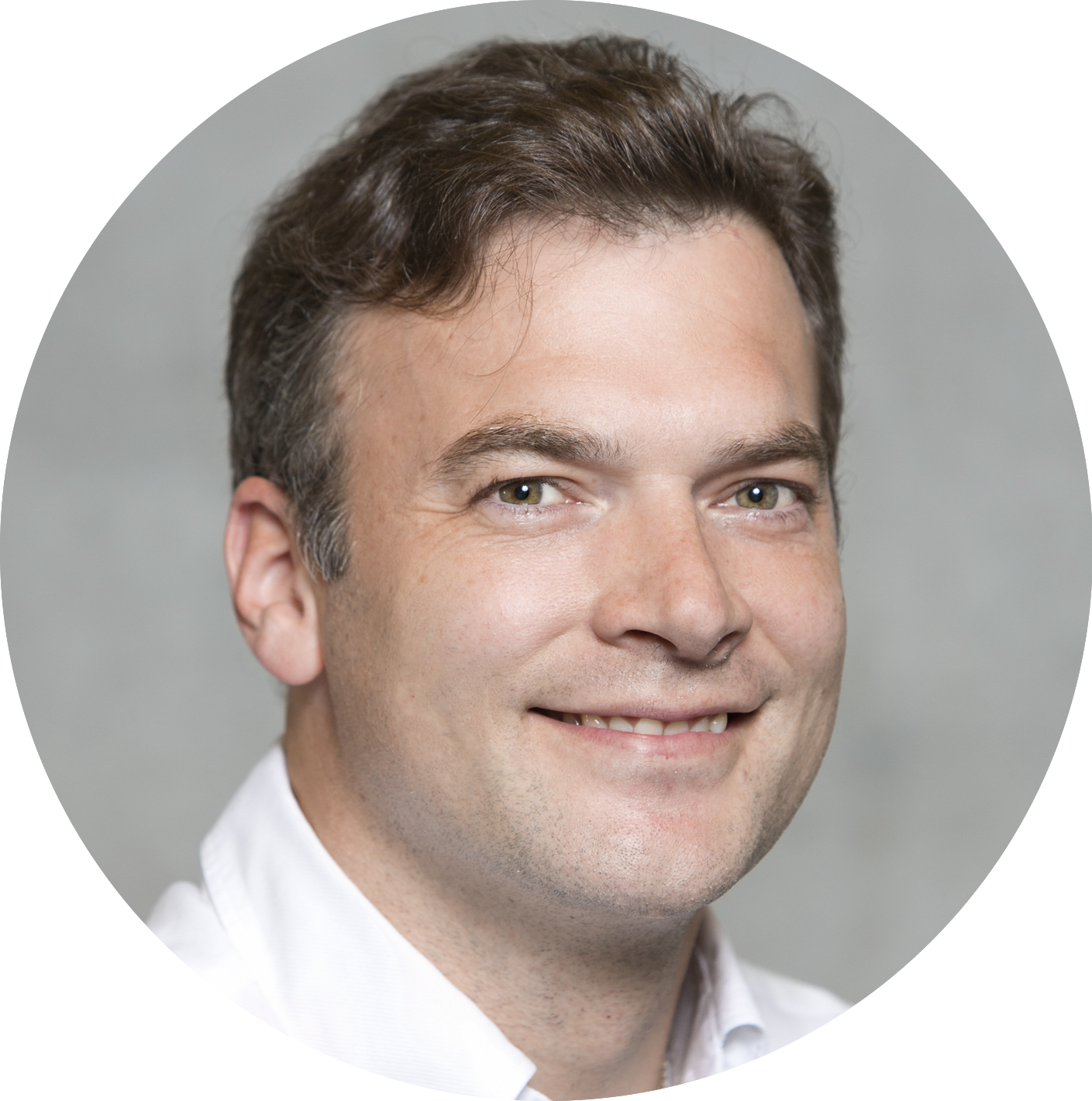Speaker Interview: Ultrasound-Guided Regional Anaesthesia – Part 2
In part 1 of the interview with the speaker of our upcoming course, we have talked about the history as well as benefits of ultrasound-guided regional anaesthesia. Read on to find out more about advancements in this area and get an idea of what our course will be like!
INTERVIEW WITH
DR. ULRICH OBERNDORFER, MBA
Privatklinik Döbling, Vienna, Austria
123sonography: What’s the role of regional anaesthesia compared to other pain management methods, for example, in the post-operative setting?
Dr. Ulrich Oberndorfer, MBA: The pain medication we have is limited [...] Nowadays, we are still using drugs that have been used for a hundred years like morphine, fentanyl, opioids. There have not been many big steps made over the years! I would say the last one was the invention of the Cox-2 inhibitors at the end of the 20th century. Yet, most of them have already disappeared. So as an anaesthetist in Middle Europe in the year 2023, I mostly use the same pain medications we used more than 20 or 30 years ago. There have not been a lot of dynamics. We use a multimodal approach to achieve a truly pain-free situation for a patient. So you treat locally, intravenously, and regionally combined to manage the pain. The most important rule is not to trust only one medication!
How do you view the advancements in ultrasound technology over time in terms of their impact on your clinical application of ultrasound guidance in regional anaesthesia?
The introduction of handheld ultrasound devices at the beginning of the 21st century was a real game-changer. Around 2000, an American company developed the first compact handheld devices for the military, and that was the kickoff for many companies to start making these small ultrasound devices. Before this, ultrasound machines were large and heavy. And with these portable devices, we anesthesiologists realized this could also be an interesting technology for us! The technique of ultrasound-guided anaesthesia was then performed for the first time in Vienna by Stephan Kapral, my teacher. I learned these techniques from the very beginning. Yes, I can still do the procedures with the old techniques. I can still use a nerve stimulator for my blocks if you want, but I would prefer not to do that if I have access to an ultrasound machine. [laughter]
As an experienced ultrasound user and teacher, what are your thoughts on the advancements in image quality of newer ultrasound machines?
When I started using ultrasound for nerve blocks, we could only use a preset for vessels or small parts. Special nerve ultrasound presets developed around 2010. After 2010, many devices with high picture quality came into the market. These optimizations for nerve scanning were the last big step.
In the next part, we will dive into our speakers' experience and tips! If you missed the first part, you can read it here!
Interested in the upcoming course? Then make sure to pre-register and be informed about when our course launches in September!
Pre-register